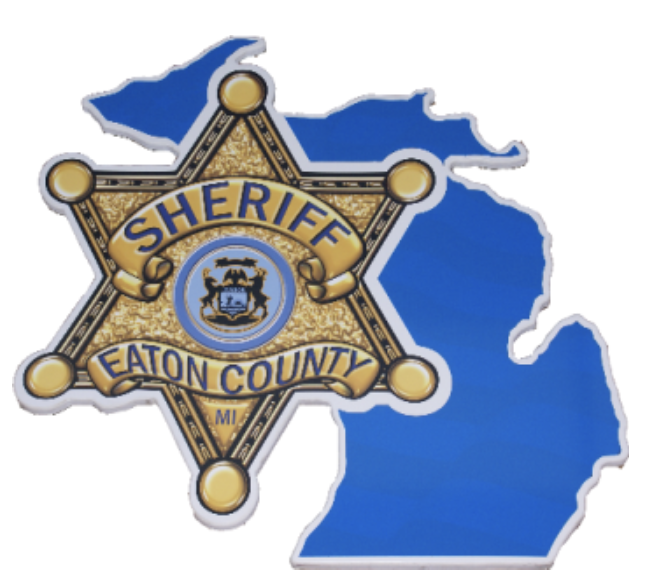By Colleen O’Brien
Stanford historian Clayborne Carson, editor of the 14-volume Papers of Martin Luther King Jr. finds it amusing when he receives an e-mail from a seventh-grader with a message such as, “I’m doing a project on Dr. King. Please send me all the information you have.”
The King Research and Education Institute at Stanford University offers thousands more sources than most students could imagine, and Carson jokes that “sometimes I’d like to send that seventh-grader a couple boxes” so more people could appreciate the breadth and depth of the King Papers Project.
The online archive “serves the need to have accurate documents about the movement … to get as much historical information as possible available to users,” says Carson.
Primary documents — FBI memos chronicling the federal reaction to the Movement, drafts of speeches, correspondence and a chronology of the Montgomery Bus Boycott, for example — invite users to create their own questions and lines of inquiry regarding the Civil Rights Movement.
During the 50th anniversary year of the Montgomery Bus Boycott, the site regularly posts a new “On This Day” artifact from the corresponding day in 1956. These original documents bring the boycott to life by representing the perspectives, public concerns and private thoughts of participants in the boycott as well as local law enforcement and national leaders.
The ongoing project of publishing The Papers Martin Luther King Jr., with five volumes now complete that cover King’s early years through 1960, will extend into nine more volumes that cover King’s work through 1968. It’s possible to access many of the unpublished documents online.
Liberation, Yesterday and Today
The Institute also offers a Liberation Curriculum with lesson plans that meet national standards. Each lesson incorporates primary source documents including newspaper articles, cartoons and King’s speeches.
The Liberation Curriculum began with an effort to make the resources available to Oakland public schools. It soon became clear that the Institute could not bring all of Oakland’s teachers to Stanford to access the papers. Now, the Internet makes the papers available to teachers worldwide.
One example of a teachable document is a copy of The Negro and the Constitution, a 1944 essay that King, as a junior in high school, composed for a contest sponsored by the Black Elks. King draws comparisons between Abraham Lincoln’s endorsement of the 13th, 14th and 15th amendments and Christ’s teachings in the gospel. The first two installments of The New York Times (free registration required) series, How Race is Lived in America, invite a retrospective comparison, connecting the past century with the 21st in stunning ways.
A 1946 letter to the editor of the Atlanta Constitution, likewise, introduces an oft-forgotten facet of the struggle for equality. The letter, Kick Up Dust, reveals the emerging voice of the teenage Martin Luther King Jr. as he echoes the demands for rights that had been the basis of the NAACP platform since 1910.
The young King disdains that “a certain class of people hurry to raise the scarecrow of social mingling and intermarriage” when the more immediate issues of equal educational and employment opportunities, the vote and equality before the law become public topics for debate.
Learning from the Past
Pervasive racial beliefs and attitudes, particularly paranoia about “race mixing” or miscegenation, served as propaganda and fodder for backlash against civil rights activism for at least 100 years before the young King addressed this particular issue in his letter to the editor.
Today’s teenagers might forget that, before the Supreme Court decision in Loving v. Virginia (1967), interracial marriages were a felony in many states. Rights and privileges that youth now take for granted, such as interracial friendships and romances, were sources of tremendous social anxiety when King was a teenager. These glimpses into history help push past a superficial understanding of the complicated and entangled roots of racism in the United States.
Documents like “Kick Up Dust” are reminders that intolerance and social inequality were major obstacles on the road toward political and economic rights. The accurate and original information in the King Papers Project guides readers toward a more nuanced understanding of the forces that created the world King faced. Within each document lies a record of history as well as insight into the irrational fears and prejudices that informed political factions — a lesson that resonates today on issues of gay marriage or Hurricane Katrina.
Stereotypes about New Orleans’ impoverished Black population, for example, created a culture of fear that hindered relief efforts at the Superdome and in the Ninth Ward, much as misperceptions and paranoia brought opposition to King.
The King Papers Project is an invitation to analyze our social and political past, to question contemporary patterns and, possibly, to look for progress.
This essay originally appeared on Tolerance.org, the website of the Southern Poverty Law Center in Alabama.



